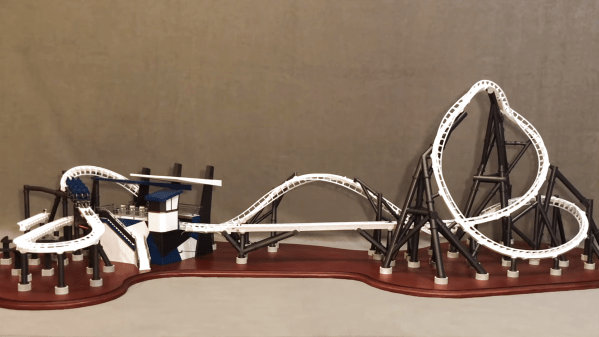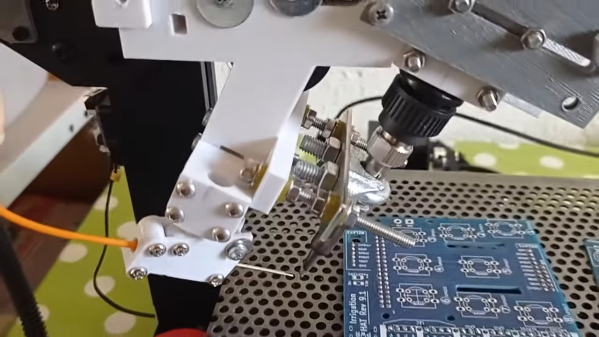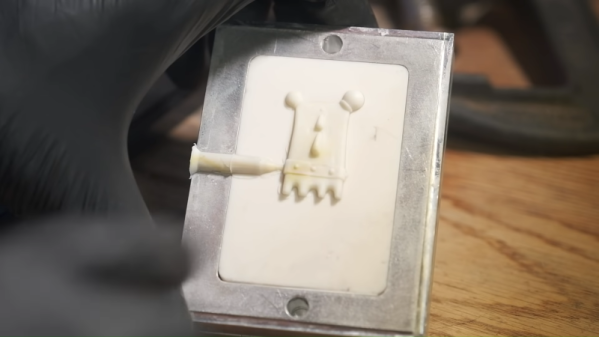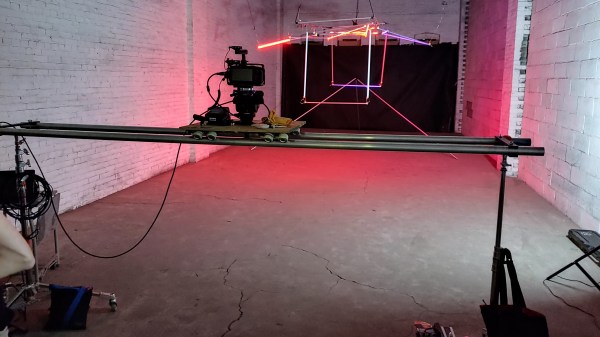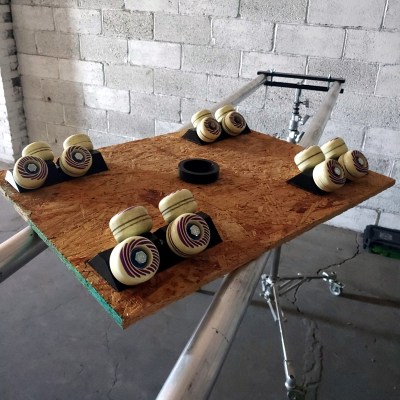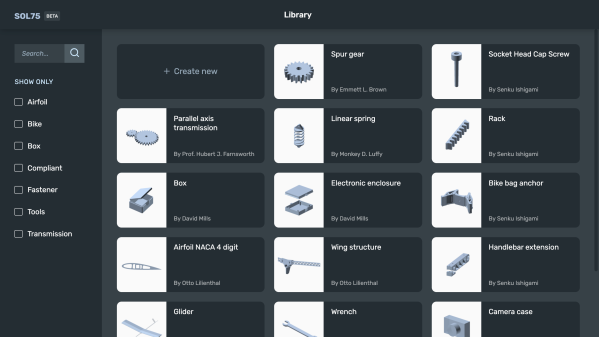Way back in 2018, we brought you news of a 3D-printed stainless steel pedestrian bridge being planned to span a Dutch canal in Amsterdam. Now it’s finally in place and open to the public — the Queen made it official and everything. MX3D printed it on their M1 Metal additive manufacturing machine that is essentially a group of robots welding layers of metal together using traditional welding wire and gas.
The partnership of companies involved originally planned to build this beautiful bridge in situ, but safety concerns and other issues prevented that and it was built in a factory instead. The bridge has been printed and ready since 2018, but a string of delays got in the way, including the fact that the canal’s walls had to be refurbished to accommodate it. Since it couldn’t be made on site, the bridge was taken there by boat and placed with a crane. After all this, the bridge is only permitted to be there for two years. Hopefully, they have the option to renew.
This feat of engineering spans 40 feet (12.2 meters) long and sits 20 feet (6.3 meters) wide. It’s equipped with sensors that measure structural stuff like strain, displacement, load, and rotation, and also has environmental sensors for air quality and temperature. All of this data is sent to the bridge’s digital twin, which is an exact replica in the form of a computer model. One of the goals is to teach the bridge how to count people. Be sure to check out our previous coverage for a couple of short videos about the bridge.


